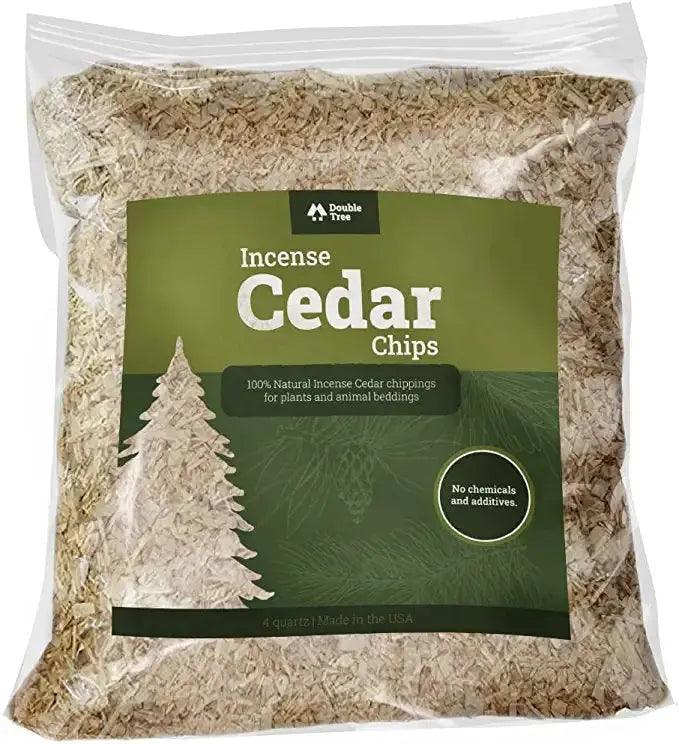Transplanting an Incense Cedar can be an exciting addition to your garden, but it also comes with its own set of challenges and responsibilities. Caring for this evergreen beauty properly after transplanting is crucial to ensure it thrives in its new environment. Let’s dive into the detailed steps to give your Incense Cedar the best possible start and ongoing care.
Understanding Incense Cedar

Before diving into the specifics of care, it’s essential to understand what makes the Incense Cedar special. Known scientifically as Calocedrus decurrens, this evergreen tree is native to the western United States and is prized for its aromatic wood and attractive appearance. Incense Cedar trees can grow up to 90 feet tall and are often used in landscaping for their beauty and the pleasant scent they emit.
Preparing for Transplanting
Preparation is half the battle when it comes to successful transplanting. Choose a location that provides ample sunlight and has well-draining soil. The ideal soil pH for Incense Cedar is slightly acidic to neutral. Before transplanting, enrich the soil with organic matter to help the tree establish itself more easily.
Transplanting Incense Cedar
Transplanting should ideally be done in early spring or fall when temperatures are moderate. Start by digging a hole twice as wide and just as deep as the root ball of the tree. Carefully remove the tree from its original container or location, being gentle with the roots. Place the tree in the hole, making sure it's level and straight, then backfill with soil, tamping down lightly to remove air pockets.
Watering Your Incense Cedar
Proper watering is critical for the first few weeks after transplanting. Keep the soil consistently moist but not waterlogged. Water deeply to encourage deep root growth. As the tree establishes, reduce the frequency of watering, transitioning to a regular schedule based on your local climate conditions.
Pruning Your Incense Cedar
Pruning helps your Incense Cedar develop a strong structure and encourages healthy growth. Right after transplanting, remove any broken or damaged branches. As the tree grows, prune selectively to maintain its shape and remove any crossing branches that could cause damage.
Fertilizing Your Incense Cedar
Wait about 4-6 weeks after transplanting before fertilizing. Use a slow-release fertilizer designed for evergreens to support steady growth. Follow the instructions on the fertilizer package to avoid over-fertilizing, which can harm the tree.
Monitoring Plant Health

Regularly check your Incense Cedar for signs of stress such as yellowing needles, stunted growth, or wilting. These can indicate issues like improper watering, nutrient deficiencies, or pest infestations. Early detection and treatment are crucial for the tree’s recovery.
Dealing with Pests and Diseases
Incense Cedar is generally resilient but can fall prey to pests like spider mites and aphids. Inspect your tree regularly and use appropriate insecticidal soaps or natural predators to control infestations. For diseases such as root rot, ensure proper watering and soil drainage to prevent fungal infections.
Protecting Against Harsh Weather
Newly transplanted trees are particularly vulnerable to extreme weather. Shield your Incense Cedar from strong winds using windbreaks and protect it from heavy rain with temporary covers if necessary. In areas prone to frost, consider using frost blankets to shield the tree during cold snaps.
Mulching Around Incense Cedar
Mulching helps retain soil moisture, regulate temperature, and suppress weeds. Apply a layer of organic mulch around the base of the tree, but keep it a few inches away from the trunk to prevent rot.
Encouraging Root Development
Strong roots are essential for the long-term health of your Incense Cedar. In addition to proper watering and mulching, consider using root stimulants during the first year. These products encourage root growth and can help the tree establish itself more quickly.
Long-term Care Tips

As your Incense Cedar grows, adjust your care routines to meet its changing needs. Regularly inspect for pests and diseases, and adapt your watering schedule based on seasonal changes. Prune annually to maintain the tree’s shape and remove any dead or diseased wood.
Conclusion
Caring for an Incense Cedar after transplanting involves a series of thoughtful steps and ongoing attention. From proper watering and pruning to protecting against pests and harsh weather, each action you take contributes to the tree’s health and longevity. With patience and diligence, your Incense Cedar will grow strong and bring beauty to your landscape for years to come.
Discover the wonders of Double Tree's Incense Cedar Chips - a premium, 100% natural mulch solution crafted to nurture your plants.
FAQs
How often should I water my Incense Cedar after transplanting?
Initially, water your Incense Cedar deeply and regularly to keep the soil moist. Gradually reduce frequency as the tree establishes, eventually watering based on local climate conditions.
What is the best fertilizer for Incense Cedar?
A slow-release fertilizer designed for evergreens is ideal. Apply it 4-6 weeks after transplanting and follow the manufacturer’s instructions.
How can I protect my Incense Cedar from pests?
Regularly inspect your tree for pests and use insecticidal soaps or natural predators. Maintaining tree health through proper care can also reduce susceptibility to pests.

